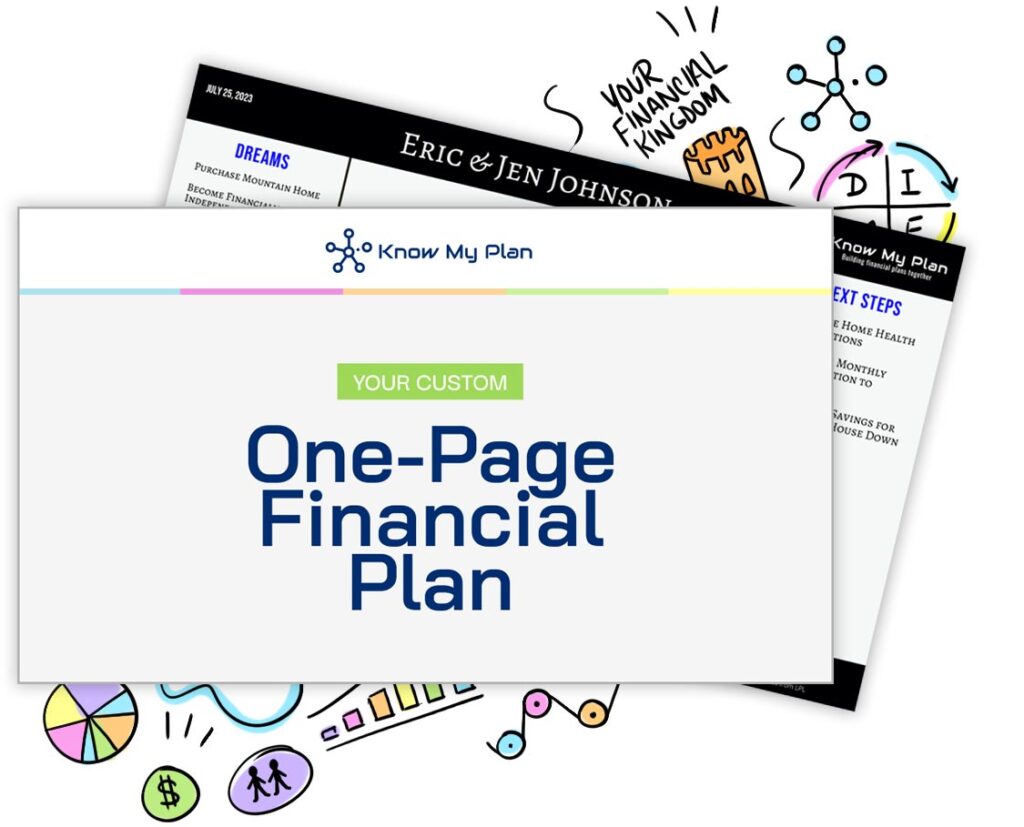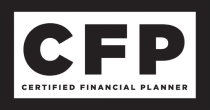401k Reviews – 4 BIG Takeaways
During annual reviews and meetings with new prospective families, I have been reviewing a plethora of 401k plans and documents.
I wanted to share with you my 4 BIG takeaways and provide potential real-life next steps for you to consider.
Don’t Save Too Fast
In almost every other area of life, saving and investing more is encouraged. With an employer-sponsored retirement plan, that is not always the case. In many plans, you only get your employer match during the periods in which you make contributions.
In other words, if you max out your plan before the final paycheck of the calendar year, you could be forfeiting a portion of the employer match.
Unfortunately, I have found instances where prospective clients lost out on receiving thousands of dollars in employer matches because they maxed out their plans early in the year.
Please note, that not all plans work this way.
You must understand your employer’s plan. Fortunately, every plan must make a plan document available to you upon request.
Your plan provider (Fidelity, Vanguard, Empower, etc…..) can provide a wealth of insight with a simple phone call.
Beneficiary Designations
While this one might seem obvious, we see mistakes happen way too often. Find the beneficiary tab of your employer plan online and confirm you have the correct beneficiaries.
Common mistakes: parent instead of a spouse, ex-spouse, minor children
Breaking Up with Your Target Date Fund
For most employer-sponsored retirement plans, your investment contributions go to a target date fund by default. This is based on the year that you turn 65. For example, if you were born in 1980, your default investment option might be the ABC Target Date 2045 Fund.
I do not think a person’s age should determine how their investments should be allocated.
I believe that your dreams determine your plan, and your plan determines your portfolio.
On average, I see that the average expense ratio in large employer plans is generally 0.40 to 0.45%.
Sometimes the expense ratio is a little lower. Sometimes a little higher.
Inside the TDF, the fund is allocating the funds to a combination of U.S. and International Stocks, Bonds, and cash.
If you have a written financial plan, it should detail the investment asset allocation to help you optimally pursue funding your dreams.
This could often be achieved by selecting 3-5 index funds without your 401k lineup.
On average, I see that passive index funds have an average expense ratio of 0.05%.
While the 0.40% difference between target-date funds and selecting your index funds might not seem like a lot, over the years it can make a substantial difference.
Rebalance and Redirect
When changing from target-date funds to your mix of index funds, there are essentially 3 critical steps.
First, you need to rebalance your existing holdings to the desired mix.
Second, you need to re-direct future contributions to the desired mix.
Finally, you need to select a date to do an annual rebalance.
Hopefully, the plan provider will have an option for you to select to make this happen automatically (good job Fidelity!).
The benefits of an annual rebalance are often neglected in the financial planning process.
If not, this could be done as part of your annual review with your financial planner.
Conclusion
In a recent Vanguard study, Vanguard attempted to quantify the value of advice.
They suggest that financial planners can add .45% of value by recommending low-cost index options and .35% for rebalancing.
Hopefully, by reading this newsletter, you just improved your lifetime annual returns by 0.80% per year.
If you or someone you’re close to could use help aligning their finances and establishing a financial plan, please reach out to us, we’re accepting new clients and eager to help.
Cheers,
Nic
Want to learn more about important financial topics? Check out our blog here!
_________________________________________







